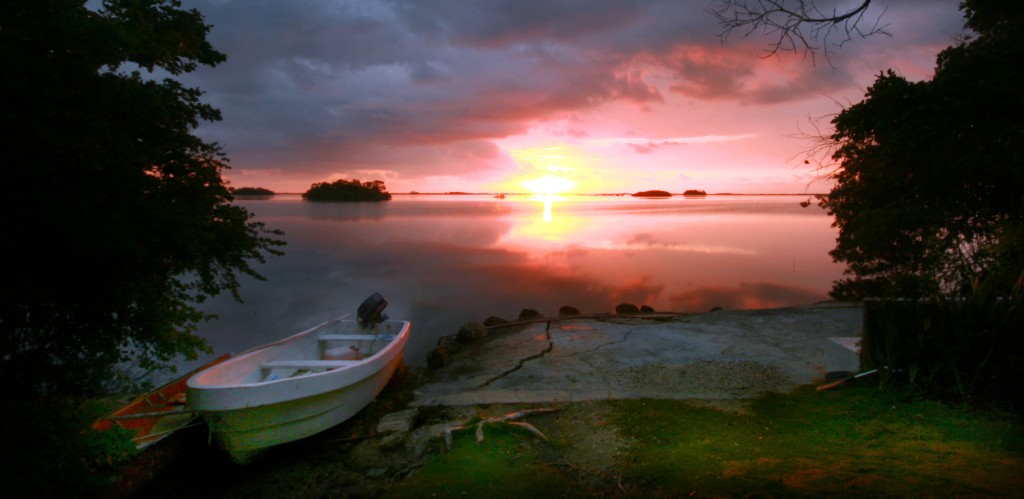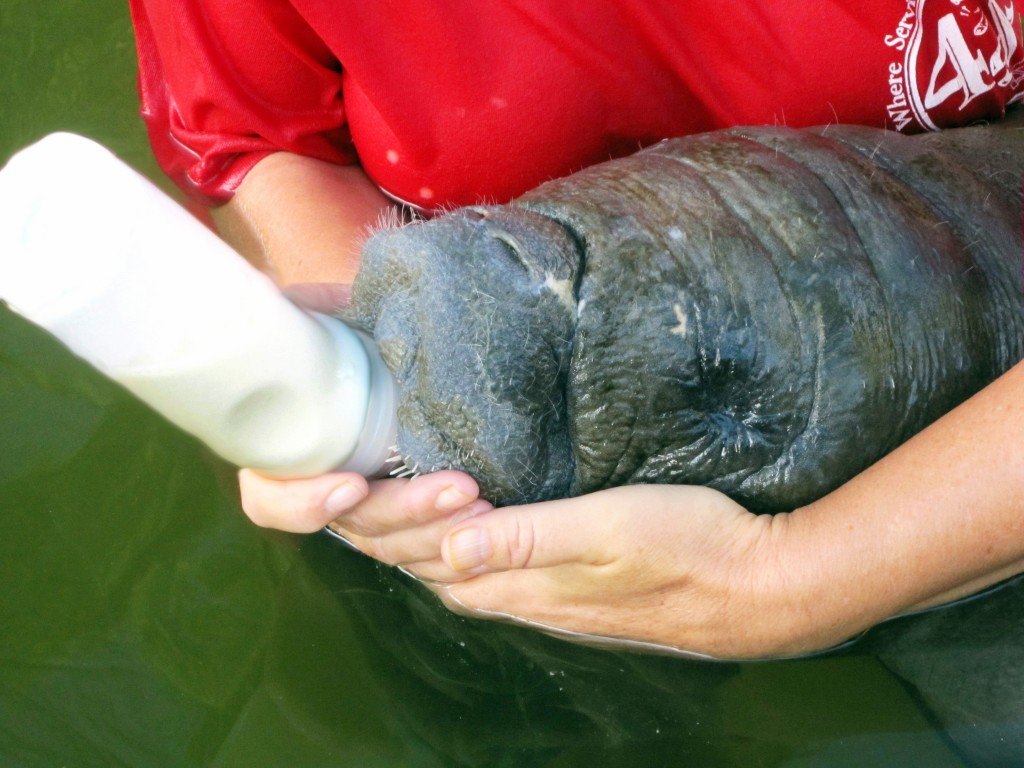By Casey Lewis, Blue Ventures volunteer, Belize
I arrived in Sarteneja, Belize a little after 5pm – just in time to watch the sunset creep over the small town. Sarteneja is right by the ocean with beautiful views of the azure water lined with palm trees. There is not a single paved road in the town other than the landing strip, and I mean only a strip there is no airport or other buildings to speak of.
My first week in Belize was packed with activities. It began with orientations to Sarteneja and Blue Ventures with the other volunteers. The volunteers make up quite a diverse group with people from the US, England, Norway, Switzerland, Germany, Belgium, Canada, Guatemala, and Belize – we all had something new to learn.
I had never done a homestay before and found my family to be more than generous and they really made me feel at home, not to mention the feasts that I ate. My plate was filled with so much food it was very difficult to finish my plates of fresh fish or lobster.
During the first week we took a hike out to Wildtreks, the local manatee (and now monkey) rehabilitation centre. The hike took about an hour, it was hard to believe that anything in the small town of Sarteneja could be so far apart, all the while fighting off mosquitos and finding our way around puddles that filled the whole street. Once there though, it was awesome to see a baby howler monkey and a manatee that was about ready for release, being fed.
After that we also conducted some manatee monitoring in the area and after having a look out, got to snorkel a freshwater spring in the ocean where the manatees like to hang out and drink the water. There was also a goliath grouper that lives under a rock ledge there and after MUCH help from some of the locals in the Sarteneja Alliance for Conservation and Development (SACD) we were finally able to spot the grouper!
We also had the opportunity to get up at 5:30 am and go with some local fishermen to analyse their catch. Their traps are made of many long wooden sticks starting from shore and going out a ways into a circle with chicken wire lining it. The fisherman then jumps in with a net and rounds up the catch. Once it was on the boat we were able to see the species and measured the lengths. When the net came up through there was a large tarpon in the net! We think the tarpon had been having a little bit of a feast on the rest of the catch.
Before heading off to Bacalar Chico Dive Camp (BCDC), we also conducted a Marine Protected Area (MPA) lesson at one of the local schools for Standard 4. They were quite accommodating and we gave a lecture for about half an hour before they had a sort of recess/madness/free time. When everyone was rounded up again we finished the lesson by breaking into small groups and doing activities related to MPAs.
Then before we all knew it, it was off to BCDC!!!



